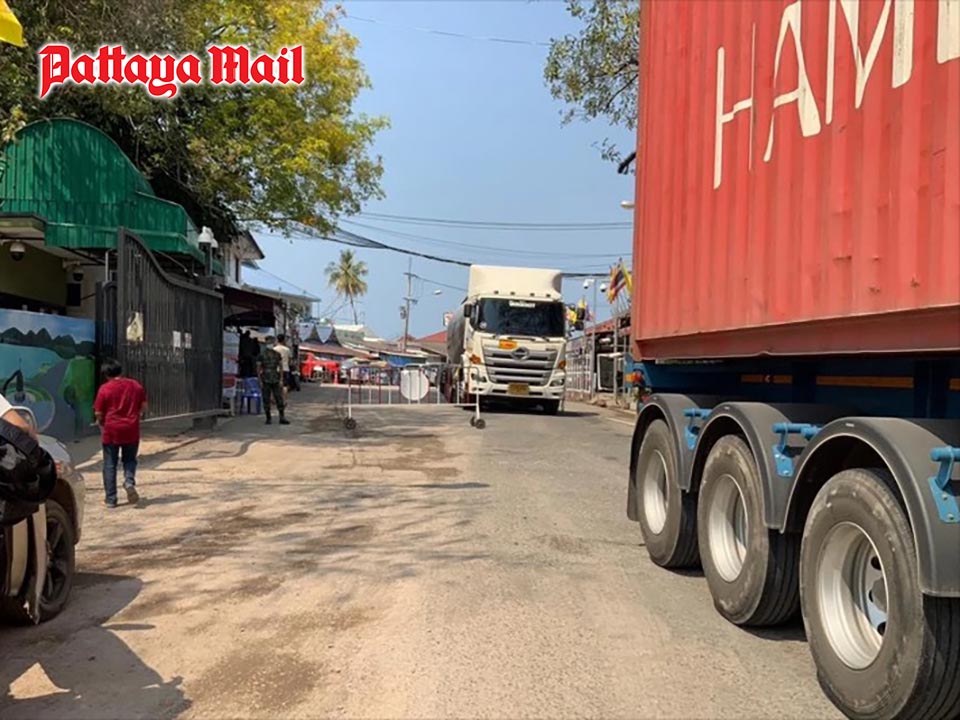
TRAT, Thailand – The Trat Provincial Treasury Office has projected a 3.7% economic growth for the province in 2025, fueled by a rebound in tourism and agricultural production, particularly durian farming. Cross-border trade with Cambodia is also expected to rise by nearly 10%.
According to the National Economic and Social Development Council (NESDC), Trat’s gross provincial product (GPP) in 2023 stood at 46.2 billion baht, showing a sharp contraction of 8.8%, after previously expanding by 14.4% the year prior. The downturn affected both the agricultural and non-agricultural sectors. Agriculture, forestry, and fisheries declined by 10.1%, while non-agricultural sectors shrank by 10.6%, driven largely by a 10% drop in services. Meanwhile, the manufacturing sector showed modest growth at 1.9%. The province’s 2023 economic structure consisted of 43.1% agriculture, 44.2% services, and 12.7% industry.
Trat Treasury Officer Suneewan Nobthai said the expected 3.7% growth in 2025 will be led by the service sector, with tourism projected to grow by 2.2%, thanks to increases in airport and ferry passenger numbers. Popular tourist destinations such as Koh Chang, Koh Kood, and Koh Mak continue to attract both domestic and international travelers, especially during holiday seasons. Eased travel regulations and consistent promotional campaigns by the Tourism Authority of Thailand, Trat office — including events during New Year and Songkran — are also boosting tourism recovery.
In the agricultural sector, a 4.2% expansion is anticipated, driven by increased production of durian, mangosteen, rambutan, white shrimp, palm oil, and golden pineapple. Favorable weather conditions and higher rainfall are expected to improve yields. In particular, durian cultivation has risen sharply, with over 13,371 additional rai producing fruit this year due to strong market demand and attractive prices. Mangosteen output is also expected to rise following a year of rest and optimal growing conditions.
The industrial sector is forecast to expand by 1.8%, supported by increases in industrial electricity usage, registered capital, and the number of operating factories — a reflection of improving global and domestic economies, rising private consumption, and export demand. This has led to new factory openings and business expansions to meet market needs.
Cross-border trade is projected to grow by 9.8%, largely due to recovering global demand and increased orders for manufacturers in Cambodia’s Koh Kong Special Economic Zone. The value of imported goods passing through Trat for re-export is on the rise. Cambodia’s economic growth and rising incomes are also driving increased demand for Thai consumer products.
Suthatsanee Supapan, Chief of Khlong Yai Customs House, reported that from October 2024 to April 2025, imports through the Ban Hat Lek permanent border crossing totaled over 2.3 billion baht, including items such as automotive wire harnesses and men’s shorts. Exports reached 16 billion baht, with key products including milk and supplements, carbonated and non-carbonated drinks, granulated sugar, and electric wire harnesses.











